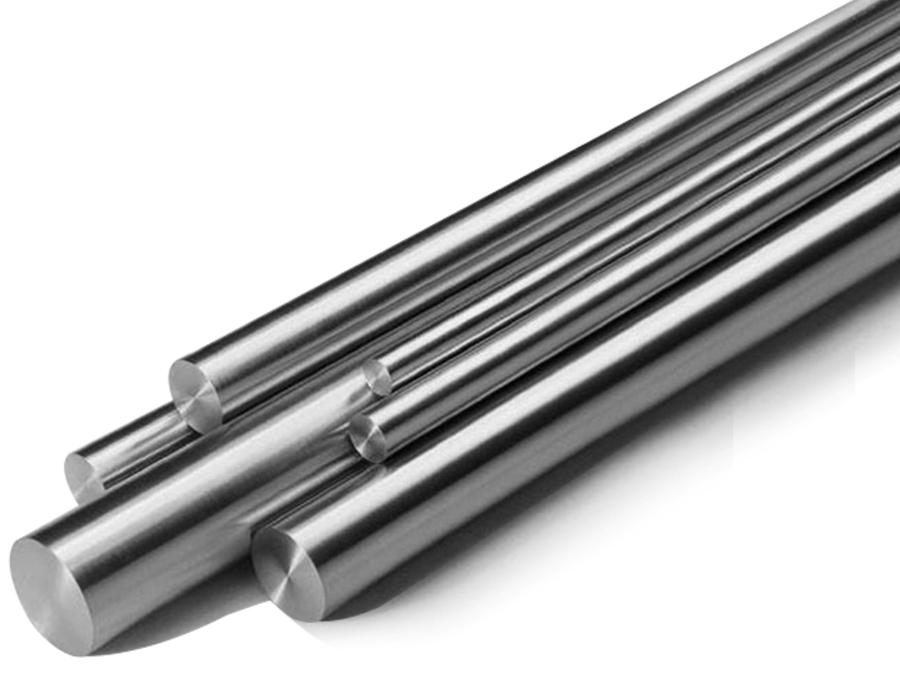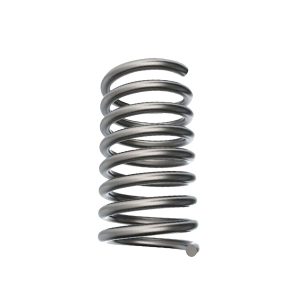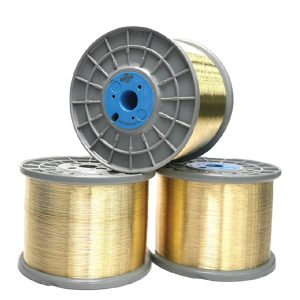
The industry operates stainless steel bars for many purposes. Stainless steel is a reliable material that fights corrosion and is functional, allowing for the completion of diverse operations.
Furthermore, with stainless steel bars, you can make spring wires, welding wires, kitchenware, and utensils. With the proper approach, you will discover that working with stainless steel bars will be a smooth ride, too. Here are eight tips for success when working with such reliable materials:
- Use the Correct Grade for Stainless Steel.
There are differences between stainless steel. Different grades meet specific applications and constrain you in selecting the proper grade for your project. For example, your kitchenware will only help austenitic stainless steel, which does not rust easily. If your application will require high strength, then the martensitic types are the ones you will be using, such as in springs, to name one.
- Use Appropriate Tools
Stainless steel is heavier than many other metals. It is liable to wear down ordinary tools. Cutting or shaping stainless steel bars would entail tools designed for stainless steel to avoid excessive wear and ensure precision. Use carbide-tipped blades and high-speed steel drill bits for quick work.
- Avoid Contamination
One key feature of stainless steel is resistance to rusting, but metal contaminants can compromise this quality. So, always clean your tools and work areas to cut every chance of cross-contamination, which brings about corrosion. An iron minute particle may degrade the inherent quality of stainless steel bars.
- Watch Out for Heat During Machining
Stainless steel maintains heat while being cut and welded, which could affect its strength. It is possible to use cooling fluids or decrease cutting speeds to maintain temperature to sidestep this. Overheating is a recipe for turning grayish, warping, or weakening the material.
- Welding with Precision
Correct, welding stainless steel bars welled sensitively. Wrong techniques might cause warping of the material or even reduce the corrosion-resistant properties of the material. Use a proper filler metal to monitor heat distribution while welding. Then, don’t speed up the cooling phase—slow and steady wins the race while welding stainless steel.
- Polish for a Smooth Finish
Polish stainless steel bars to ensure they offer the best finish. During polishing, use a smooth, non-abrasive compound so that the material is safe during surface imperfections. Polishing will strengthen the corrosion resistance capabilities of your finished product and give it that quality look perfection for household kitchenware and similar applications where your work will be left exposed.
- Form with Care
While bending or shaping stainless steel bars, use specific tools and procedures to avoid cracking and take a slower and gentler approach to prevent tension buildup. Spring wires, for example, must have an excellent design to stay flexible and not brittle.
- Regular Inspection
Once you have worked with stainless steel bars, ensure your work is defect-free. It includes checking the surface for damage, corrosion spots, or any issues with welds or joints. Regular inspections ensure that your final product meets quality standards, whether you are making utensils or more complex products like welding wires.
Conclusion
With this information, working with stainless steel bars can be convenient and rewarding once mastered. Be it the spring wires, welding wires, or the best kitchen articles and utensils, proper techniques will bring them to your workshop. Discover premium stainless steel bars and accessories with Bansal Wire as our quality material, and your next project will take a booming start.





